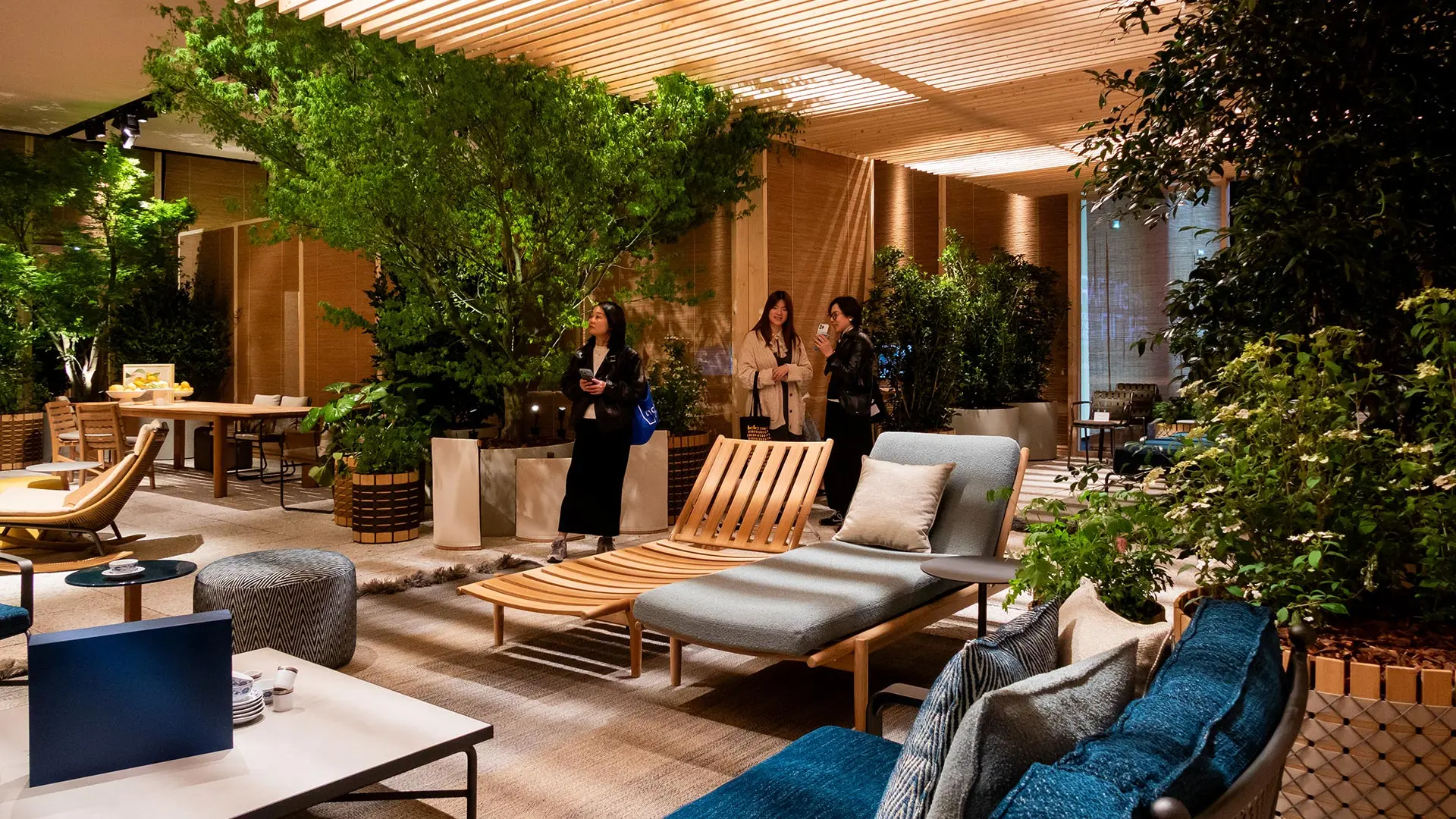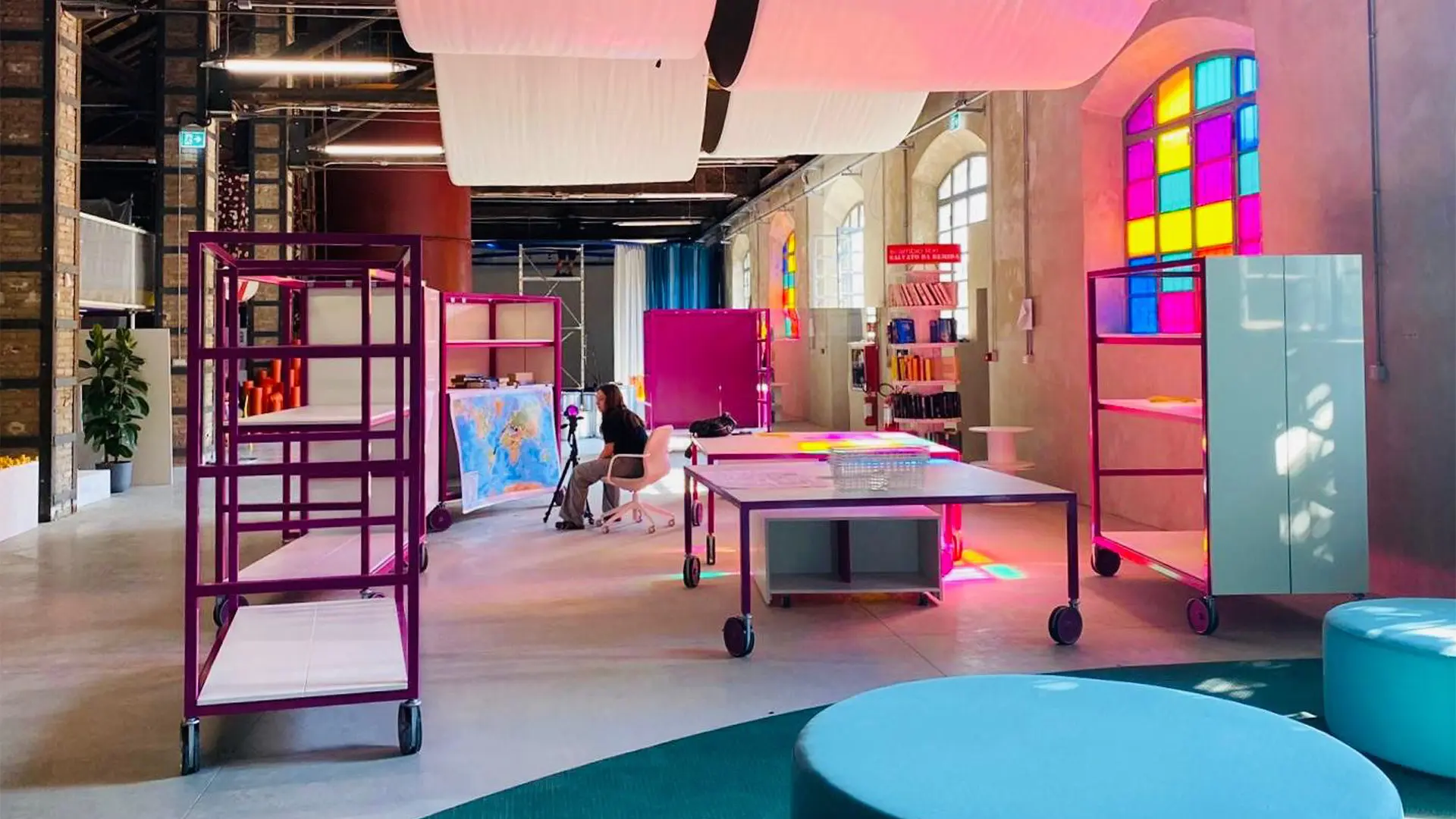The furniture and design segment dedicated to life en plein air. Interview with Roberto Pompa of the Assarredo Presidential Council as well as President of Roda
Design and intellectual property – what to safeguard and how?
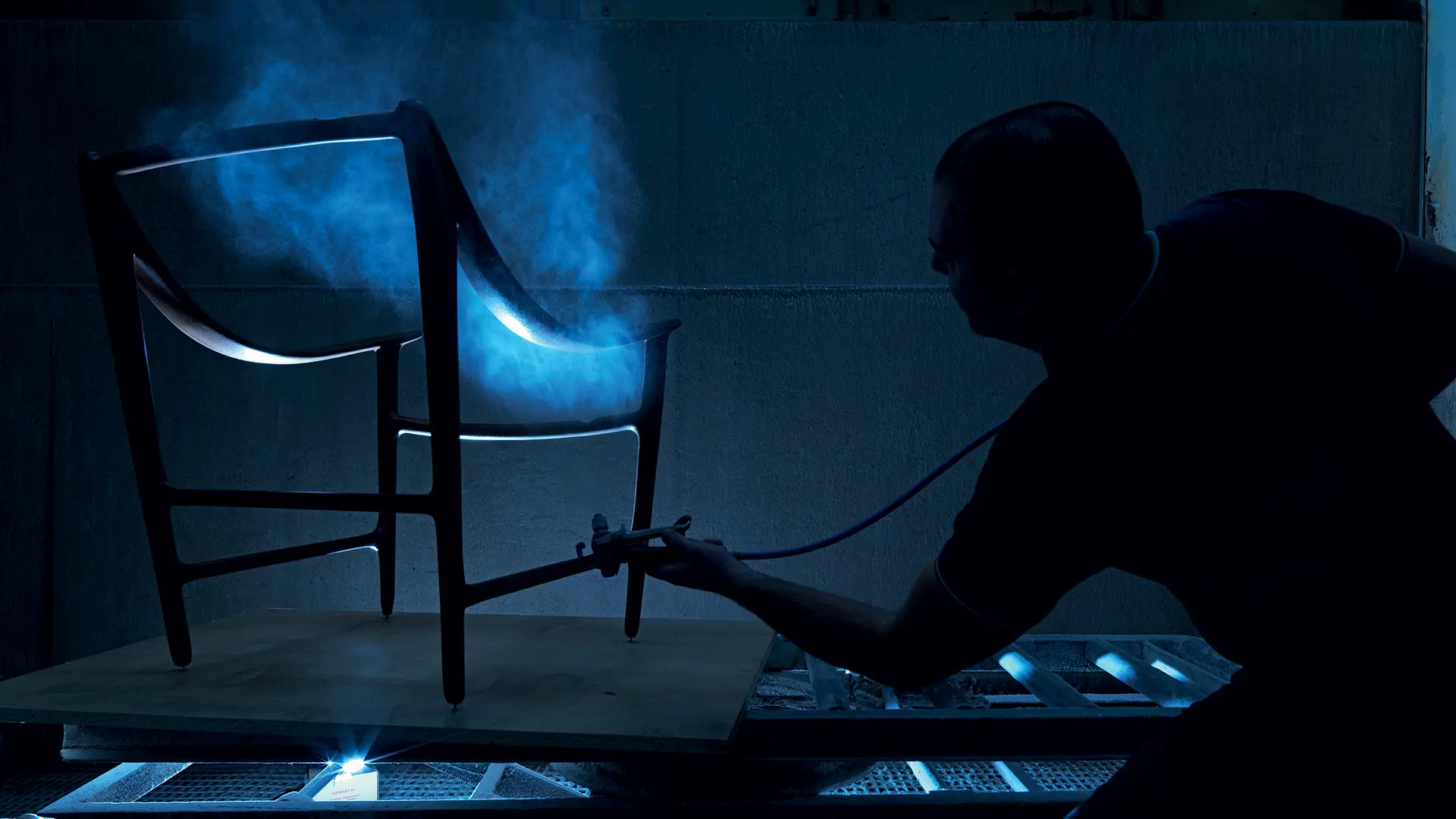
photo courtesy Giorgetti
From brand protection to safeguarding images online. An online event on 22nd February promoted by FederlegnoArredo will clarify the risks, changes to legislation and strategies, to help companies with international remits in particular
We all know that the internationalisation of companies is keeping step with increasing, but not always entirely legal, international competition. As regards the furnishing sector, however, which has always had an international vocation, protecting creativity and technical, technological and design innovation are absolutely fundamental, according to Giovanni del Vecchio, CEO of Giorgetti and a member of the working party on this subject set up by the Board of Assarredo. It is for this reason that FederlegnoArredo, in collaboration with INDICAM and with the participation of EUIPO, has organised an online event at 9 am CET on 22nd February, entitled Design e Proprietà Intellettuale: Cosa Tutelare e Quali Strategie/Design and Intellectual Property: What to Safeguard and What Strategies to Adopt.
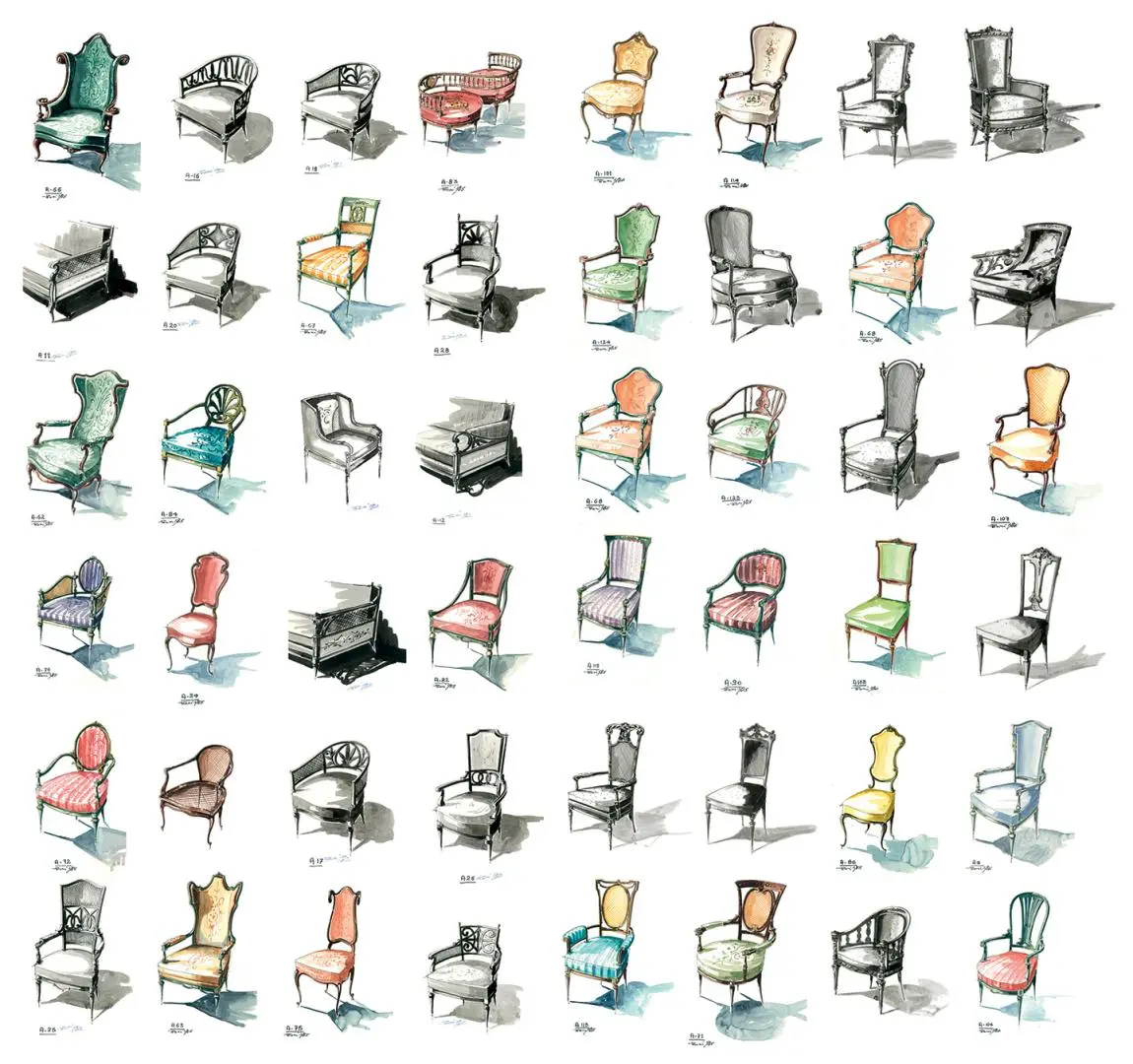
1960s chairs, photo courtesy Giorgetti
The conference we’ve set up as an association, along with INDICAM and EUIPO, is geared to trying to help our companies, especially those that have been less exposed to these issues in the past, because of their inherent nature.
The issue of intellectual property is broad-ranging and applies to different areas and facets of our sector, from brand protection to design protection, as well as the most industrially important aspect, patents for industrial invention.
They are different tools with one single objective. Safeguarding the companies who invest time, energy and resources in innovation from unethical threats from people who exploit their work for improper benefit. Industrial patents are only granted in the case of industrial development, a mechanism invented ad hoc to ensure the functionality of a product, for instance, or a new construction technique or one that uses familiar materials in an innovative way.
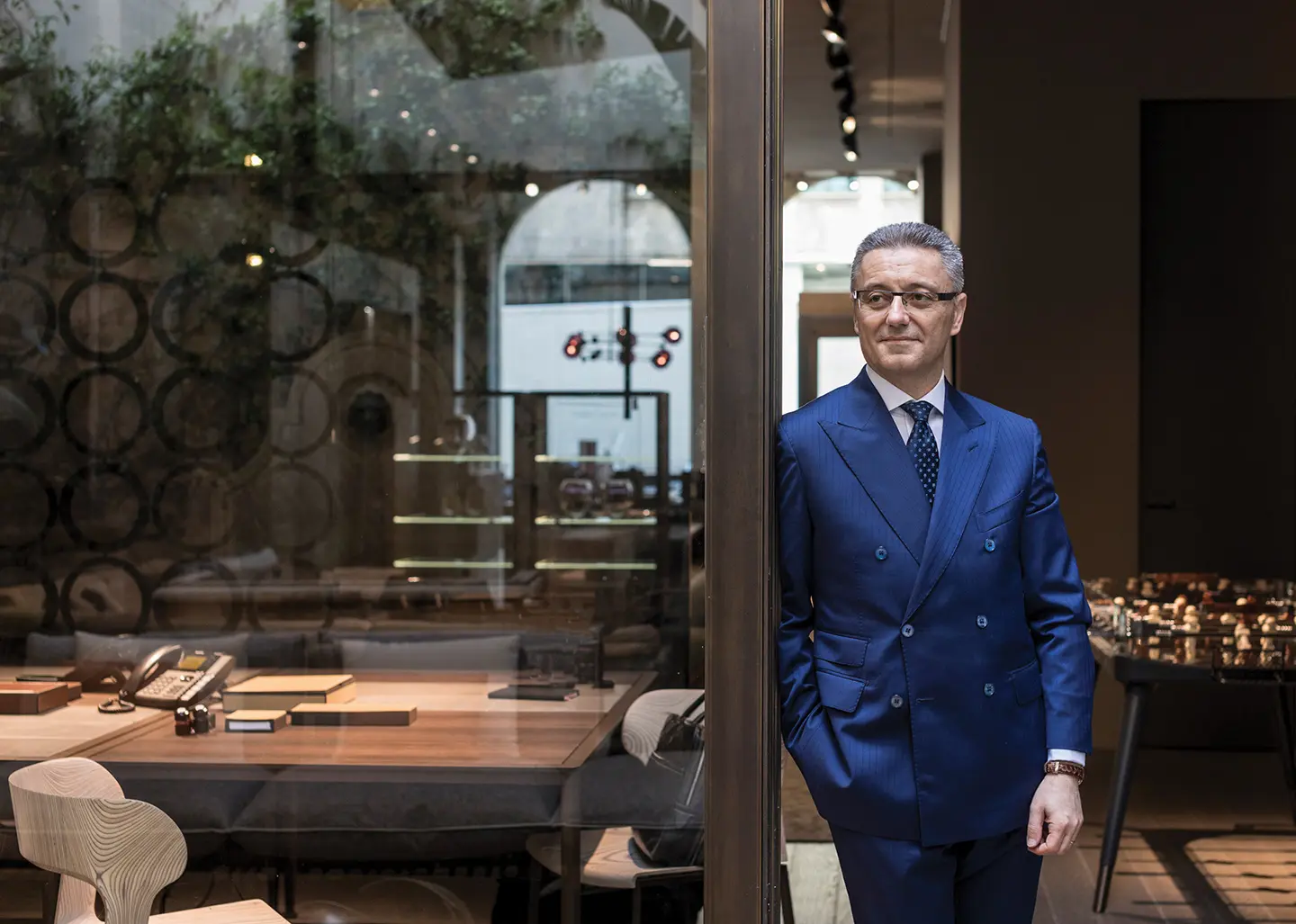
Giovanni Del Vecchio, CEO, photo courtesy Giorgetti
Brands obviously function differently because they are dependent on the product and the form of the product. There are, however, countries such as the United States and the Philippines that require proof of use of a brand in that particular country. Then there are different classes of use, for example the Giorgetti brand isn’t protected for every kind of use, just in classes that chime with our specific activity. Lastly, there’s design, the part most connected to our activity but also the most difficult to safeguard, because a slightly different stroke generates a product that has different content to that registered. That’s something we also need to talk about.
I often hear people say: “You just need to make it bigger or smaller by a couple of centimetres for the product to stop being protected.” That’s not exactly the case, and we will try to explain that it’s certainly not easy to protect ourselves, but there are very different forms of protection. What’s more, the old model works in parallel with copyright, which is a more innovative form of protection and, in some markets, is easier to enforce. In other instances, one includes the other, which helps to cut down the financial effort.

photo courtesy Giorgetti
Over the last few years, improper competition from some international companies has made it harder to negotiate the international markets. Cases in which copies not just of products but even of the image of an entire company are not uncommon. There are some companies that have seen their products reproduced in their entirety, and others that have been the subject of improper competitive attacks by companies that have copied everything, from the website to the shops, right down to the products themselves, creating actual clones.
The situation isn’t easy to manage. Every country has its own legislation, which means being familiar with the characteristics of every single nation, because in theory one should protect every single product in every single country or group of countries. Obviously this calls for not insignificant economic and financial outlays, but it’s also true that over the last few years forms of aid from Italian and European (hence the involvement of EUIPO in our conference) have guaranteed investments, sometimes even non-repayable.

photo courtesy Giorgetti
With unlimited spending capacity, every company would be in a position to protect any aspect whatsoever, on any market, for extremely lengthy periods of time. But it’s not sustainable: you need a safeguarding plan. We want to explain to our companies over the course of our seminar that there is a need to implement a strategy that takes account of both the strong and the weak points of their products, the costs involved with protection and the potential risks, which are sometimes bound up with local market sales or production in a market that could damage other markets.
We would like to start to tackle specific issues, in subsequent seminars and courses, both in terms of individual countries, and in terms of channels. We will devote an interesting focus to safeguarding intellectual property on the internet – almost all companies in our sector have had images downloaded from their business websites and then used to promote products circulating outside their own distribution networks. So we want to show our companies that there are tools that will allow them to monitor the improper use of their images and distinctive marks in the digital world – not everyone knows about them, and as a federation we want to help our members better understand not just what’s going on in the world, but also how to tackle these situations.
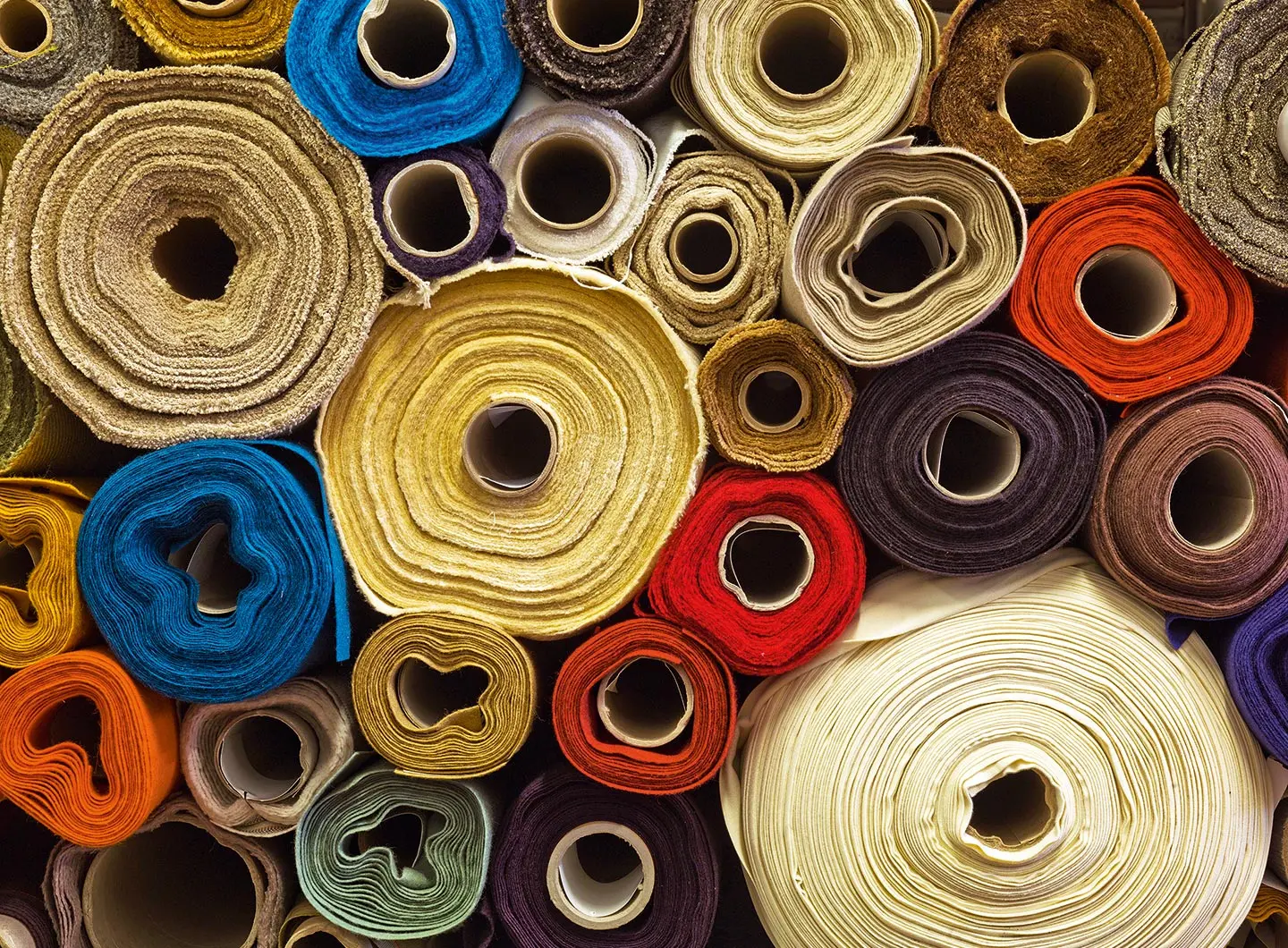
photo courtesy Giorgetti
I think it’s an issue that, from a business approach point of view, should be known about. Then each company can formulate its own strategy, regardless of size. The great thing about our sector is that we have very small companies that behave like gigantic ones, breaking into far-away and very complex markets, where they come across language, cultural and geographical barriers. This means they have the same need of protection as very large companies. Knowing and adapting one’s own intellectual property safeguarding strategy to one’s own needs and abilities is, I believe, the best way of tackling such a major issue. To trivialise it, these days, is dangerous.






